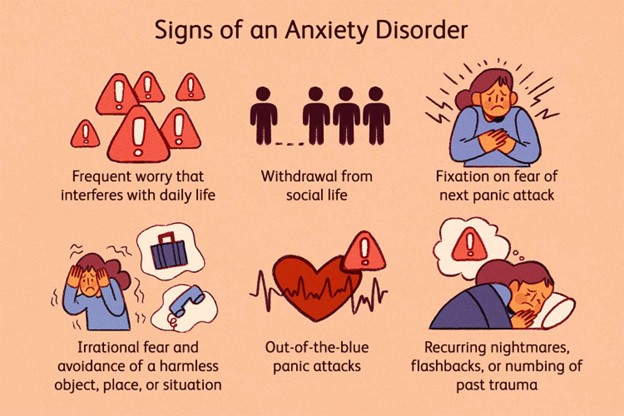A nurse in a psychiatric unit is caring for several clients. Which of the following clients should the nurse recommend for group therapy?
A client exhibiting psychotic behavior
A client who has been taking amitriptyline for 3 months for depression
A client who is experiencing alcohol intoxication
A client admitted 12 hr ago for acute mania
The Correct Answer is B
A. A client exhibiting psychotic behavior
Group therapy is generally not recommended for clients who are actively exhibiting psychotic behavior. Psychotic behavior can include hallucinations, delusions, and severe thought disturbances, which might impede the individual's ability to effectively participate and benefit from group therapy. Such clients often require more immediate and individualized attention to address their acute symptoms.
B. A client who has been taking amitriptyline for 3 months for depression
This is the correct choice. A client who has been taking amitriptyline for 3 months for depression is likely to have their symptoms more stabilized and under better control compared to acute situations. They might be at a stage where they can engage in group therapy to discuss their experiences, coping strategies, and learn from others in a similar situation.
C. A client who is experiencing alcohol intoxication
Group therapy is not appropriate for clients who are currently intoxicated, as their ability to actively participate and engage in therapeutic discussions may be compromised. Addressing the effects of alcohol intoxication and ensuring the client's safety would be a priority before considering group therapy.
D. A client admitted 12 hours ago for acute mania
Clients admitted for acute mania often require stabilization and intervention to manage their manic symptoms. In the early stages of admission, they might not be in a state conducive to group therapy. Once their acute symptoms are better controlled and they have had time to stabilize, they could potentially benefit from group therapy as part of their overall treatment plan.
Nursing Test Bank
Naxlex Comprehensive Predictor Exams
Related Questions
Correct Answer is D
Explanation
A. "How long has this been going on?":
While this question is important for gathering more information, it may come across as more investigative or less empathetic at this initial stage of the conversation.
B. "Why do you think you are so anxious?":
While it's important to understand the client's perspective, this response might come across as confrontational or judgmental. It's better to create an open and non-judgmental environment for the client to share their feelings.
C. "Have you talked to your parents about this yet?":
This response assumes that the client has parents to talk to and may not be relevant for all clients. It's also important to establish trust and rapport with the client before asking about their support network.
D. "It sounds like you're having a difficult time.":
This response is empathetic and validating. It acknowledges the client's feelings without making assumptions or demands, creating a supportive environment for further discussion.

Correct Answer is A
Explanation
A. Determining if the client has psychotic thinking.
Explanation: The highest priority assessment in this situation is to determine if the client has psychotic thinking. Psychotic thinking can indicate a severe mental health condition that requires immediate attention and intervention. If the client is experiencing psychotic symptoms, they might be at risk of harming themselves or others. Identifying and addressing psychotic thinking is crucial to ensure the safety and well-being of the client and those around them.
B. Asking the client to identify the cause of the crisis.
While understanding the cause of the crisis is important for providing appropriate care, it is not the highest priority. Psychotic thinking or risk of harm takes precedence over understanding the cause.
C. Identifying the client's coping skills.
Coping skills are important for managing the crisis and promoting the client's well-being, but assessing for psychotic thinking and immediate safety concerns comes before evaluating coping skills.
D. Identifying the client's support systems.
Support systems are valuable for the client's overall recovery, but they are not as time-sensitive as assessing for psychotic thinking or imminent safety risks. Identifying support systems can come after addressing the immediate concerns.
Whether you are a student looking to ace your exams or a practicing nurse seeking to enhance your expertise , our nursing education contents will empower you with the confidence and competence to make a difference in the lives of patients and become a respected leader in the healthcare field.
Visit Naxlex, invest in your future and unlock endless possibilities with our unparalleled nursing education contents today
Report Wrong Answer on the Current Question
Do you disagree with the answer? If yes, what is your expected answer? Explain.
Kindly be descriptive with the issue you are facing.
